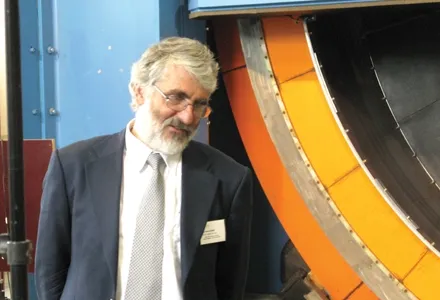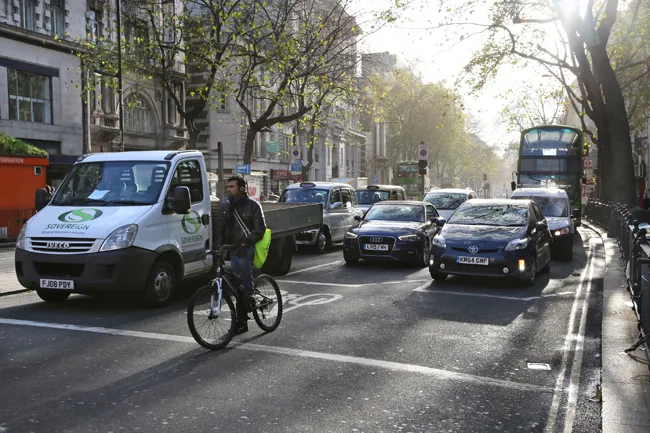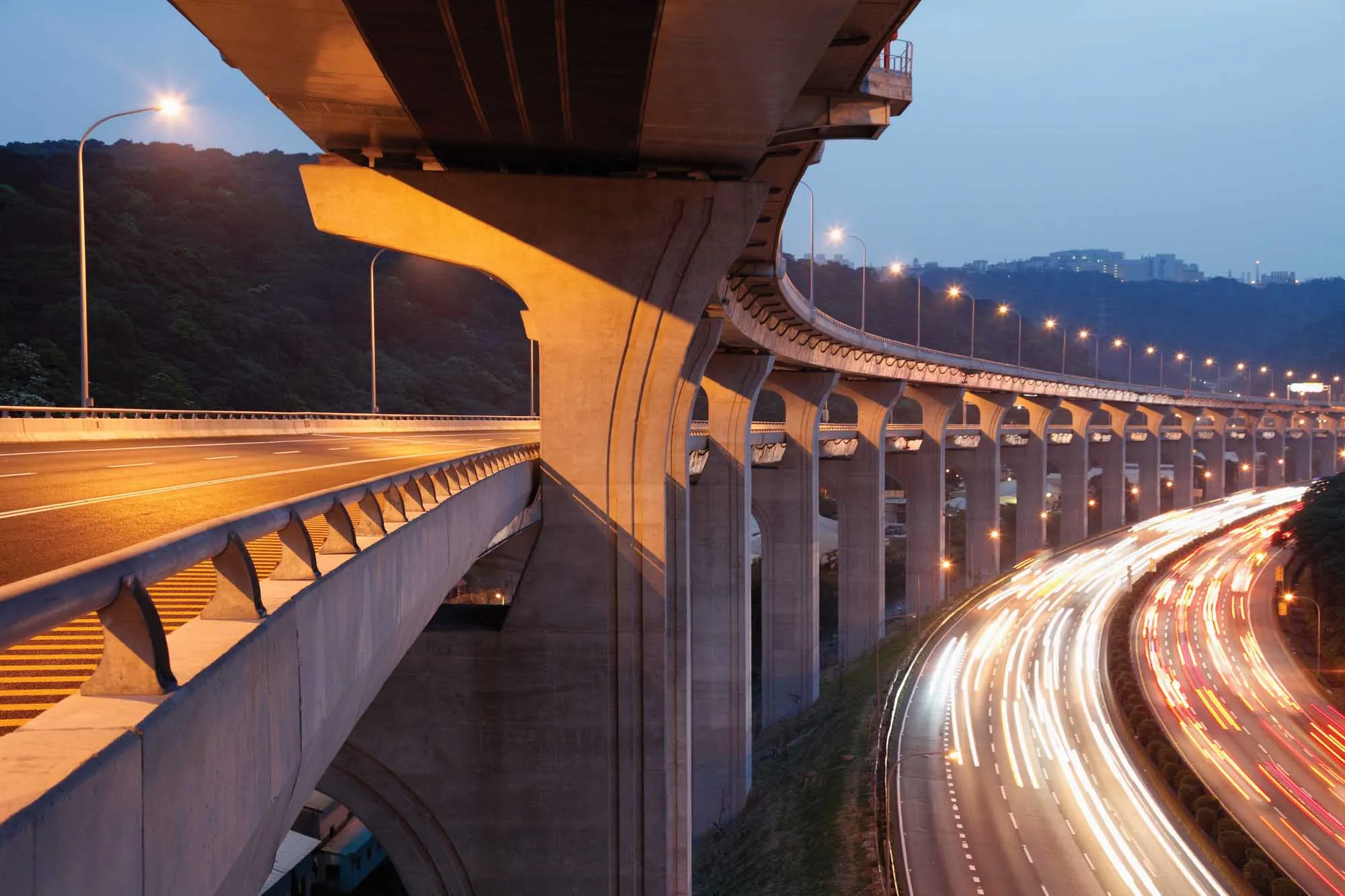Thirty-six towns in Germany’s Ruhr region have presented the results of a four-year project in cooperation with the Nokia subsidiary HERE to reduce the environmental damage, noise pollution and inconvenience caused by trucks using unsuitable roads. This includes roads that are too narrow and those that pass through low speed zones. The towns have specified preferential routes for trucks in their area in a database that is accessible to all navigation software manufacturers.
February 21, 2014
Read time: 1 min
Thirty-six towns in Germany’s Ruhr region have presented the results of a four-year project in cooperation with the 5313 Nokia subsidiary HERE to reduce the environmental damage, noise pollution and inconvenience caused by trucks using unsuitable roads. This includes roads that are too narrow and those that pass through low speed zones. The towns have specified preferential routes for trucks in their area in a database that is accessible to all navigation software manufacturers.









